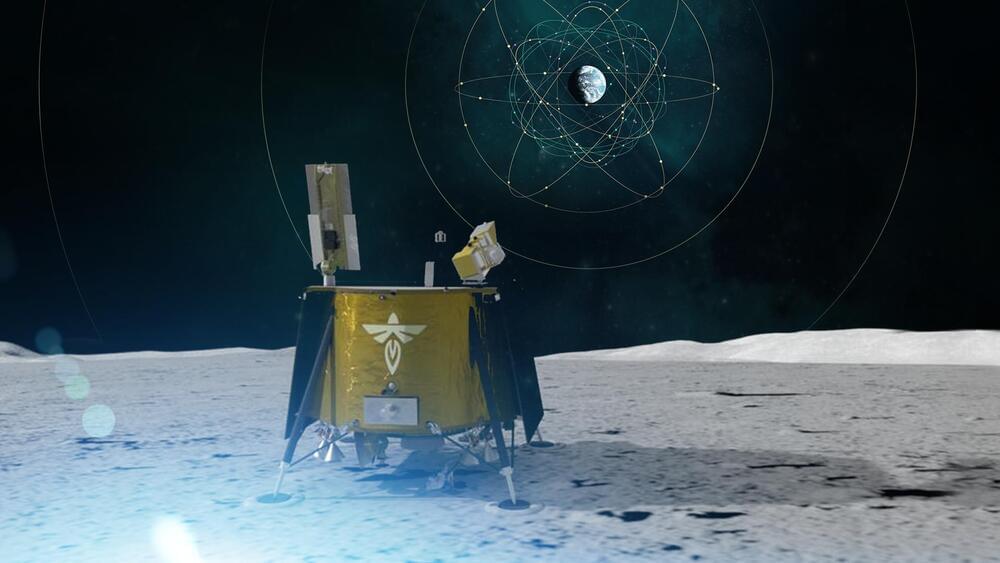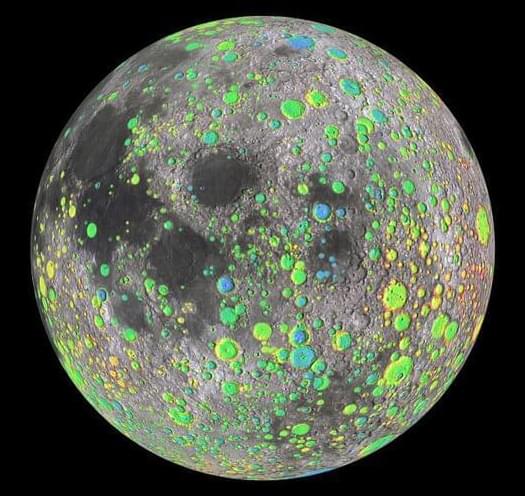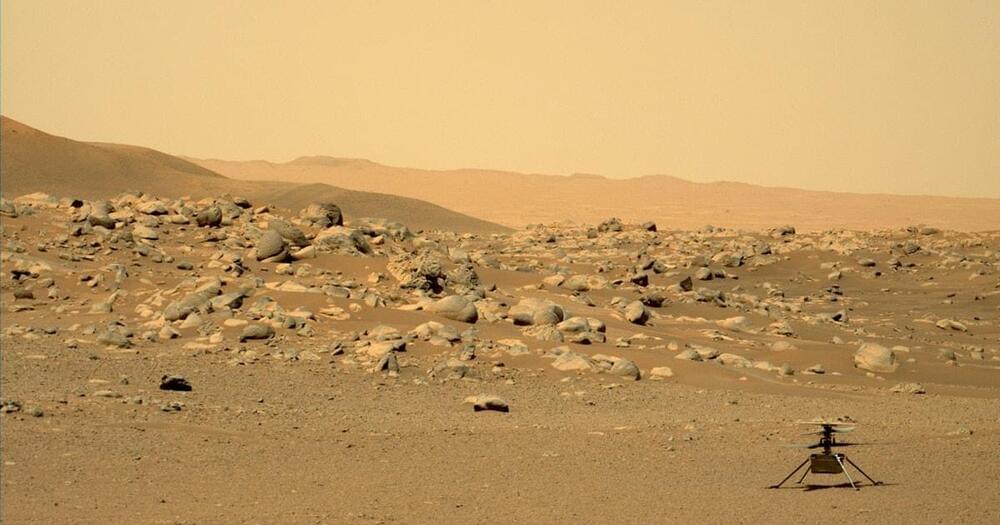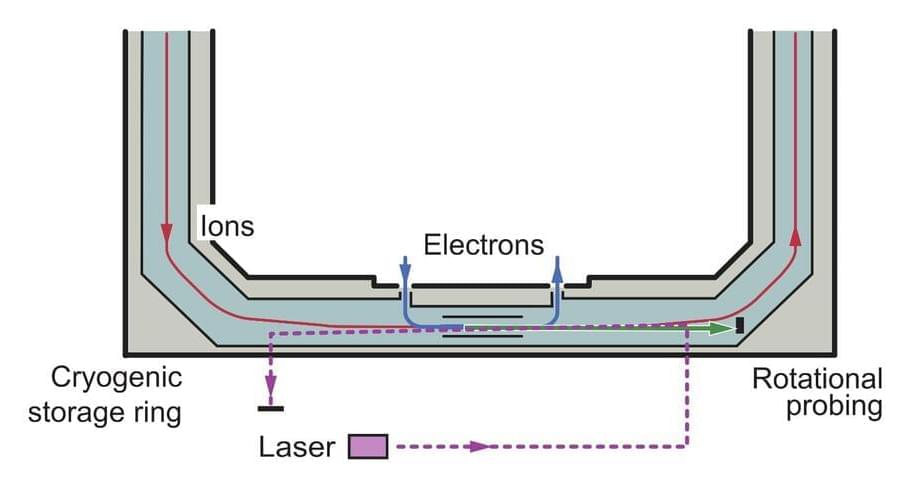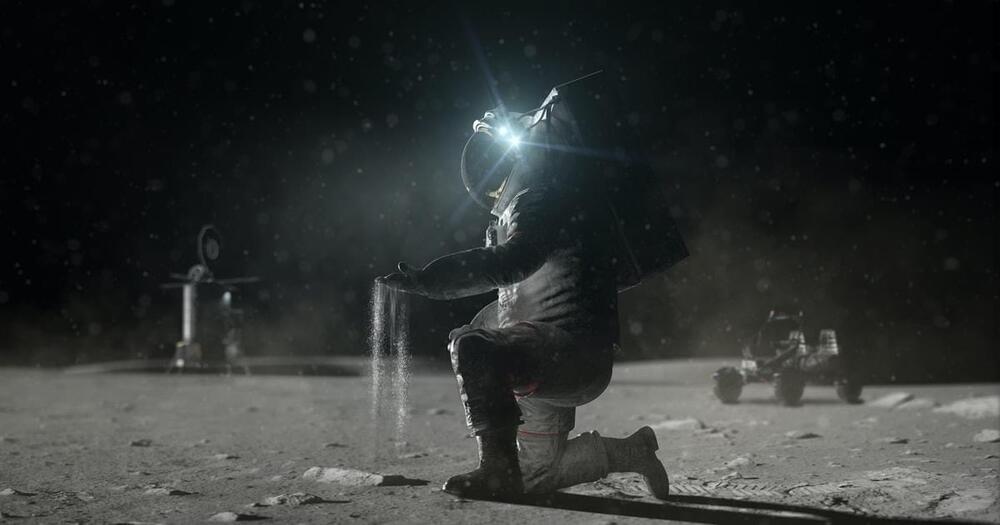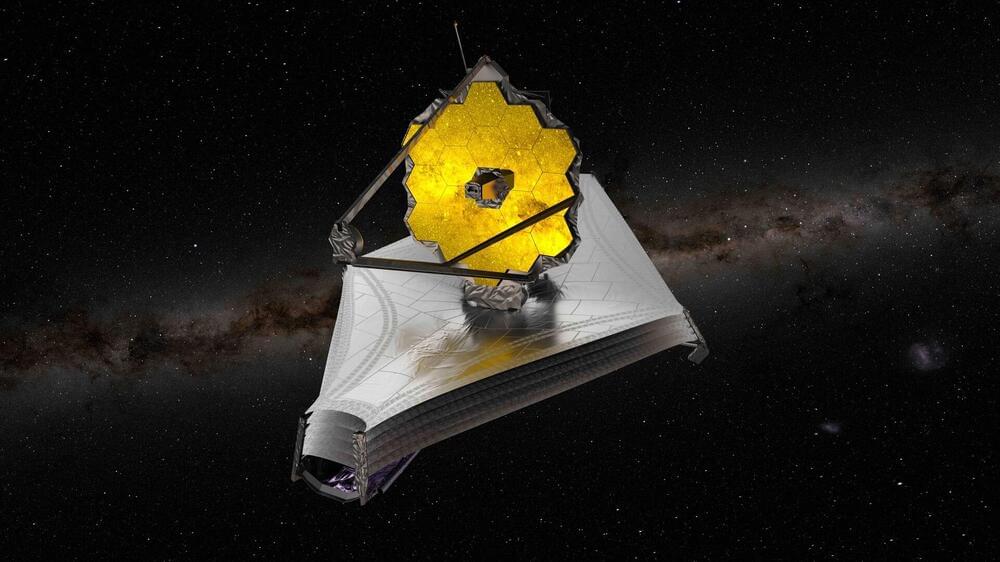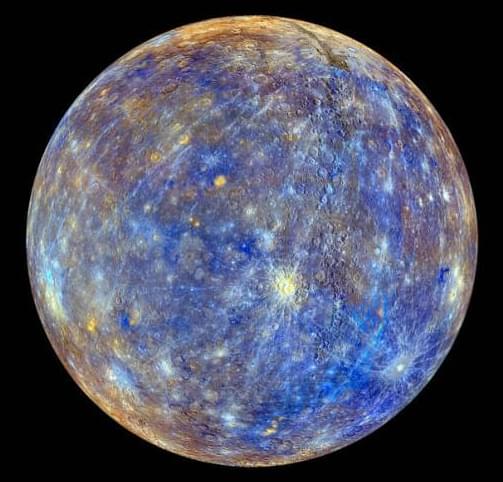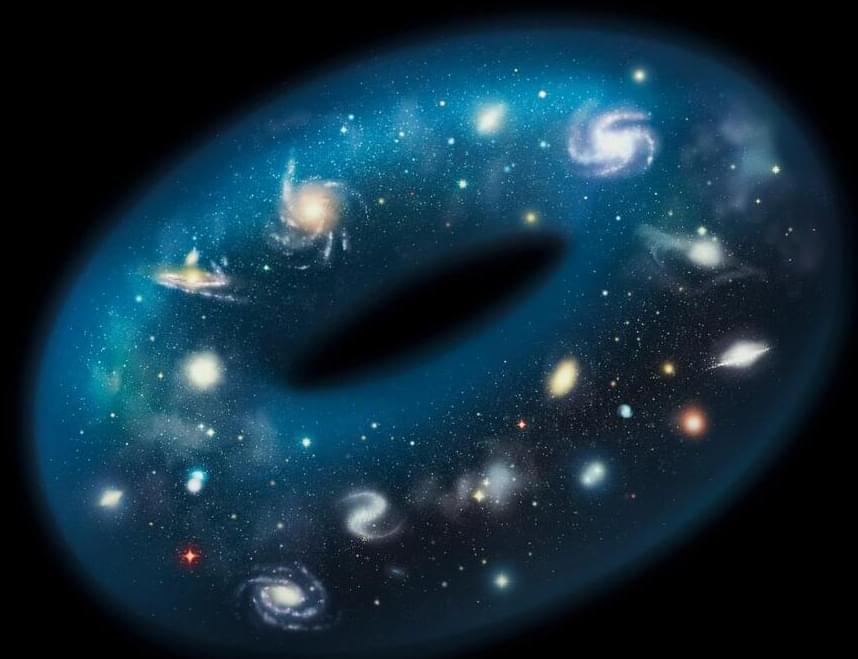Archive for the ‘space’ category: Page 374
Jun 3, 2022
Angela Sheffield — AI For Defense Nuclear Nonproliferation — National Nuclear Security Admin (NNSA)
Posted by Ira S. Pastor in categories: economics, mathematics, military, nuclear energy, policy, robotics/AI, space
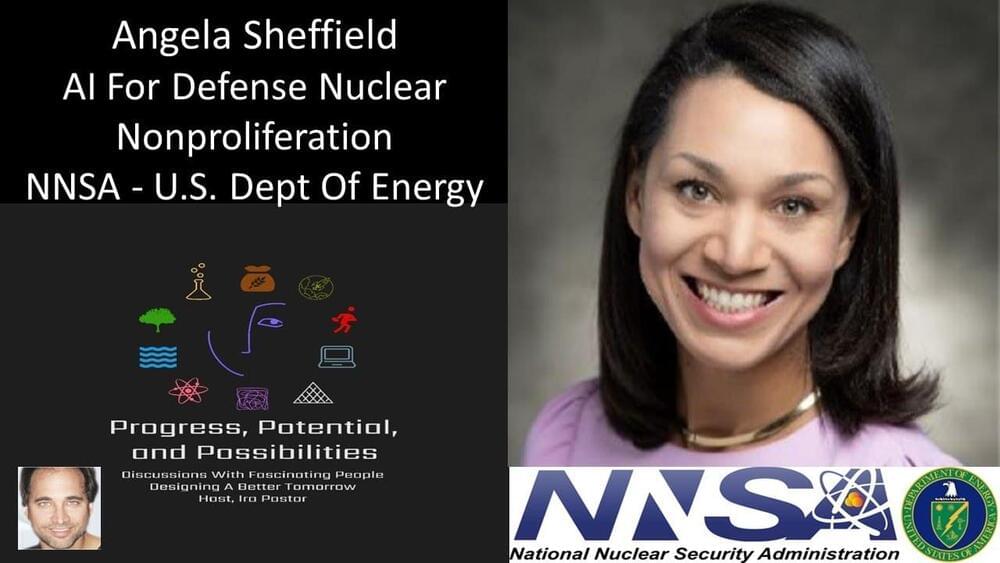
AI For Defense Nuclear Nonproliferation — Angela Sheffield, Senior Program Manager, National Nuclear Security Administration, U.S. Department of Energy.
Angela Sheffield is a graduate student and Space Industry fellow at the National Defense University’s Eisenhower School. She is on detail from the National Nuclear Security Administration (NNSA), where she serves as the Senior Program Manager for AI for Defense Nuclear Nonproliferation Research and Development.
Jun 3, 2022
Asteroid Rate Jumped in Solar System’s Past
Posted by Shubham Ghosh Roy in category: space
An analysis of lunar craters has found that we’ve been living in a relatively violent period in cosmic history.
Jun 2, 2022
Watch: Ingenuity captures stunning footage of Mars during record-breaking flight
Posted by Atanas Atanasov in category: space
Behold, the helicopter’s fastest and longest excursion over the Martian surface.
In April, the helicopter completed its 25th flight on Mars.
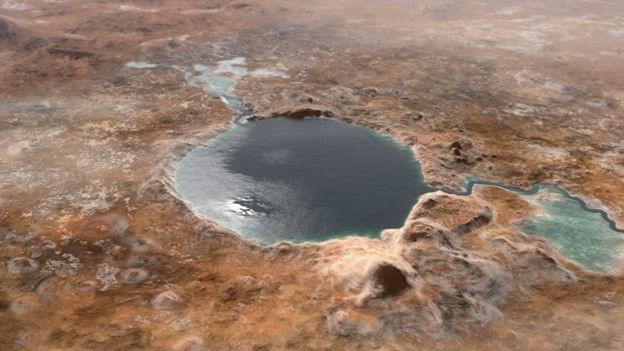
Could Life on Earth Have a Martian Origin? — Reevaluating Panspermia. For more info, see:
Revisiting Panspermia: did life come from outside of Earth?
Jun 2, 2022
Using laser technology to measure the rotational cooling of molecular ions colliding with electrons
Posted by Saúl Morales Rodriguéz in categories: particle physics, quantum physics, space
When it is free in cold space, a molecule will spontaneously cool down by slowing its rotation and losing rotational energy in quantum transitions. Physicists have shown that this rotational cooling process can be accelerated, slowed down and even inverted by the molecule’s collisions with surrounding particles.
Researchers at the Max-Planck Institute for Nuclear Physics in Germany and the Columbia Astrophysics Laboratory have recently carried out an experiment aimed at measuring the rate of quantum transitions caused by collisions between molecules and electrons. Their findings, published in Physical Review Letters, offer the first experimental evidence of this rate, which had previously only been theoretically estimated.
“When electrons and molecular ions are present in tenuous, ionized gases, the lowest quantum level populations of the molecules can be changed in a collision process,” Ábel Kálosi, one of the researchers who carried out the study, told Phys.org. “One example of this process is in interstellar clouds, where observations reveal molecules predominantly in their lowest quantum states. The attractive force between the negatively charged electrons and the positively charged molecular ions makes the process of electronic collisions particularly efficient.”
Jun 1, 2022
The plan to put humans back on the Moon stems from this 15-year-old document
Posted by Atanas Atanasov in categories: policy, space, space travel
The Global Exploration Strategy is a blueprint for understanding space policy today.
15 years ago, the Global Exploration Strategy set out the space policy agenda on course to put humans back on the Moon as soon as possible.
Jun 1, 2022
James Webb Space Telescope’s first full-color images will be revealed on July 12th
Posted by Genevieve Klien in category: space
After the launched, we’ll get our first look at full-color images captured by the telescope. The European Space Agency says the imagery and first spectroscopic data on July 12th.
“The release of Webb’s first full-color images will offer a unique moment for us all to stop and marvel at a view humanity has never seen before,” Webb deputy program director Eric Smith said. “These images will be the culmination of decades of dedication, talent, and dreams — but they will also be just the beginning.”
JWST required several months of preparation before starting science work. The process included to its operating temperature, calibrating instruments and aligning the mirrors. The ESA, NASA, the Canadian Space Agency and the Space Telescope Science Institute (STSci) spent over five years figuring out what Webb should capture first in order to show off what the observatory can do.
May 31, 2022
Meet Mercury: Fascinating details about the smallest planet in our solar system
Posted by Gemechu Taye in category: space
May 31, 2022
The Universe is flat. Here’s what that teaches us
Posted by Paul Battista in category: space
In theory, the fabric of space could have been curved in any way imaginable. So why is the Universe flat when we measure it?
